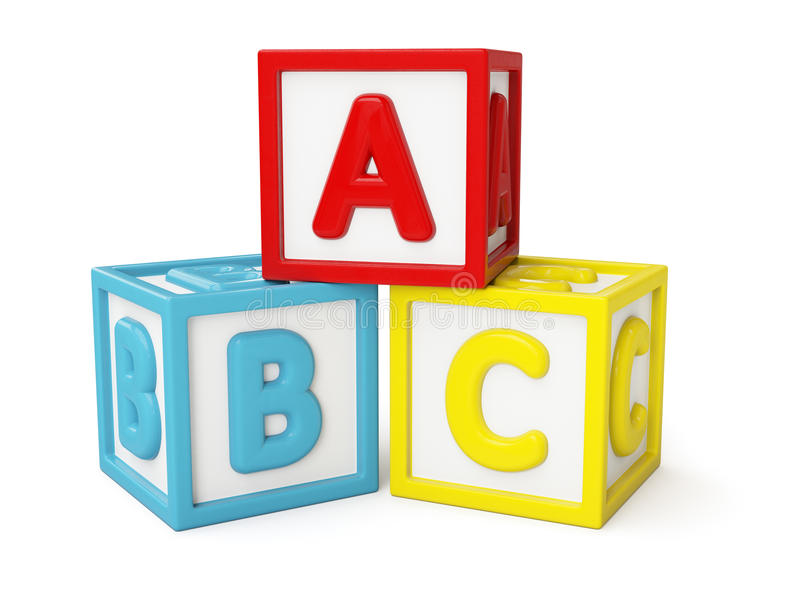August 9, 2022
Between finding the best deals and deciding if their choices are trendy enough, helping a child pick out their supplies for the upcoming school year can be daunting. On the other hand, using a 529 plan to save for your child’s education expenses is easy.
If you’re worried about the “trendy” part, don’t be. There are more than 15 million 529 accounts open nationally! And the deals? There’s no shortage of those when it comes to 529 plans.
Let’s use our favorite childhood song to help us learn more about these incredible savings plans.
Apprenticeship Programs: If your student attends an apprenticeship program or trade school, you may be able to use the funds in a 529 account to pay for the associated supplies as a qualified expense.
Beneficiary: A beneficiary is the future student, or the person you are opening the account for.
Code: If the school has a Federal School Code on the Free Application for Federal Student Aid (FAFSA), then withdrawals for the qualified higher education expenses at that school will be tax-free.
Diverse: Depending on the plan you enroll in, you may be able to choose from a diverse selection of investment options that meet your savings goals.
Easy: Birthdays, holidays, “just because” – you name it! Contributions to a 529 plan are a simple, long-lasting gift for any occasion.
Find My Plan: CSPN’s easy-to-use Find My State’s 529 Plan feature helps you identify the plans in your state and compare different plans around the nation.
Growth: The earlier you start saving, the more time your money has to potentially grow.
Home State: Always consider the plan in the state where you live, as it may offer tax incentives or other benefits specifically for state residents.
Invest: More than $450 billion are invested in 529 plans nationwide.
Job Readiness: The price of a degree continues to rise, but with payoffs like career readiness and higher earnings, it’s usually worth the cost.
K-12: Withdraw up to $10,000 per taxable year per beneficiary to pay kindergarten through 12 grade (K-12) tuition as a qualified expense. Consult your plan’s program description for more information.
Long Lasting: Since the funds in a 529 account never expire, you don’t have to worry about strict timelines or a deadline by which the funds need to be used.
Multiple Accounts: They weren’t kidding when they said it takes a village to raise a child. The same applies when saving for their education. With a 529 plan, multiple people can open an account for the same student.
Neighbor: You do not have to be a student’s relative to start saving for their education. Family, friends, and even neighbors can open an account.
Options: If the student you’re saving for does not end up needing the money, you can transfer the account to an eligible family member with no penalty.
Payroll Direct Deposit: Many employers offer a payroll direct deposit program so you can contribute directly to your 529 account from your paycheck.
Qualified Expenses: Use the funds to pay for qualified education expenses, including tuition, room and board, textbooks, required supplies, and more.
Recurring Contributions: Saving is effortless when you set up recurring contributions (also known as an automatic investment plan, or AIP). Whether bi-weekly, monthly, or yearly, you set the timeline for when you want to contribute.
Six Times: According to the Center for Social Development, a child with a dedicated education savings account in their name is six times more likely to pursue higher education than one without an account.
Tax Benefits: Assets in a 529 account grow federally tax-deferred, and qualified withdrawals are tax-free for all participants. Plus, some states even offer additional tax benefits for their residents.
Umpire: Act as the umpire and enforce how and when the funds in your account are used; no matter the beneficiary’s age, the account owner always maintains control of the funds.
Versatile: Whether the student you’re saving for wants to attend a four-year university, two-year community college, apprenticeship program, or trade school, saving with a 529 account can give them the versatility to pursue higher education. Plus, there are no geographical limitations!
Wage: Today’s Millennials with a high school diploma earn 62% of what the typical college graduate earns.
Xeriscape: This type of land requires little to no maintenance. What else requires little to no maintenance? You guessed it – 529 plans! With age- or target-based investment options, you can “set it and forget it” when it comes to your contributions.
Yourself: 529 plans aren’t just for kids! If you’re thinking of heading back to school, open an account for yourself and save for your educational goals.
Zealous: Show your zeal for the student in your life by contributing to a 529 plan. After all, when you save for a child’s education, you’re saying you believe in their dreams and, most importantly, in them.
Now we know our ABCs of 529s, next time won’t you explore with me! You can do precisely that by researching and choosing the right plan for you. That way, once your child heads off on their next big adventure, you’re prepared to support them.
Wishing you and your family a healthy, safe, and fun school year!
About the Author: Iowa State Treasurer Michael L. Fitzgerald is the past chair of the College Savings Plans Network and the administrator of Iowa’s 529 Education Savings Programs, College Savings Iowa and the IAdvisor 529 Plan, with more than $4.6 billion in qualified withdrawals being used to help families pay for education expenses.

